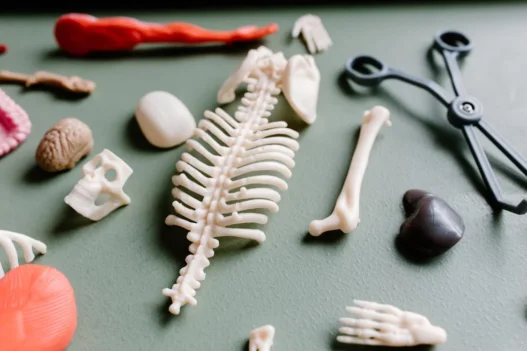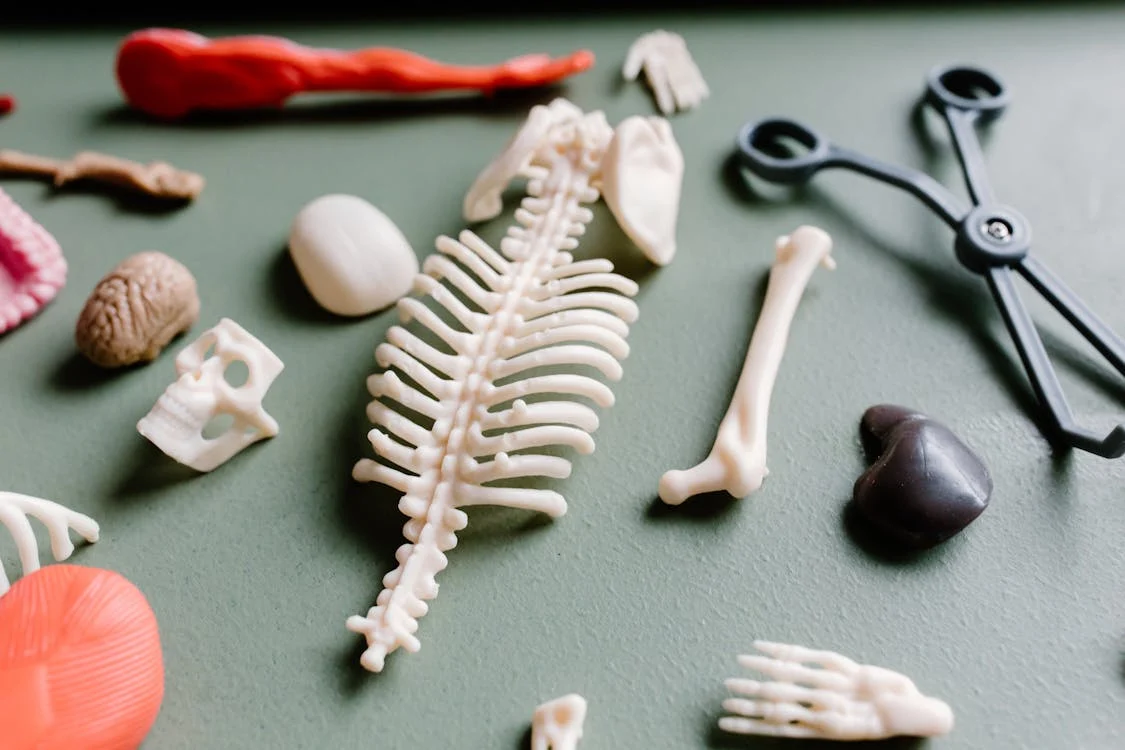0HHV01Z refers to the surgical procedure where a radioactive element is inserted into both breasts using an open approach. This method is used for diagnostic and therapeutic purposes in treating conditions such as breast cancer.
Table of Contents:
- 🔎 Clinical Indication
- 📋 Preparation
- 📖 Methodology
- 🩹 Recovery
- 🚨 Complexity & Risk
- 🔀 Similar Procedures
🔎 Clinical Indication
The procedure 0HHV01Z, which involves inserting a radioactive element into both breasts through an open approach, may be performed as a part of a treatment plan for certain types of breast cancer. This technique is often used to deliver targeted radiation therapy directly to the affected tissue, reducing the risk of damage to surrounding healthy cells.
By utilizing the open approach, surgeons are able to precisely place the radioactive element in the desired location within the breast tissue, ensuring that the therapy is delivered effectively. This method can help to shrink tumors, eliminate cancerous cells, and ultimately improve the overall prognosis for patients with breast cancer.
📋 Preparation
Before the procedure, the patient will meet with their physician to discuss the risks and benefits, as well as any potential alternatives. This discussion helps ensure that the patient is fully informed and consenting to the procedure.
Additionally, the patient will likely undergo imaging tests, such as mammograms or ultrasounds, to help the physician identify the best location for inserting the radioactive element. These tests provide important information to guide the physician during the procedure.
Lastly, the patient may be asked to refrain from eating or drinking for a certain period of time before the procedure. This fasting period helps reduce the risk of complications during the insertion of the radioactive element into the bilateral breasts.
📖 Methodology
During 0HHV01Z, a radioactive element is inserted into both breasts using an open approach. This procedure is typically performed to target and destroy cancerous cells within the breast tissue.
The insertion of the radioactive element helps to reduce the size of the tumor and decrease the likelihood of cancer recurrence. This approach allows for targeted treatment of the affected areas while minimizing damage to surrounding healthy tissue.
🩹 Recovery
After undergoing0HHV01Z (Insertion of Radioactive Element into Bilateral Breast, Open Approach), patients will typically experience some soreness, swelling, and bruising in the treated area. This may last for a few days to a week post-surgery.
Patients are advised to avoid strenuous activities and heavy lifting for at least a few weeks to allow for proper healing. It is important to follow the post-operative care instructions provided by the healthcare team to ensure a smooth recovery process.
🚨 Complexity & Risk
Performing 0HHV01Z, also known as inserting a radioactive element into both breasts through an open approach, is a complex procedure that requires precision and skill. The process involves carefully placing the radioactive material into the breast tissue to target cancer cells while minimizing damage to surrounding healthy tissue.
However, there are potential risks to patients undergoing this procedure. The radiation from the inserted element can affect not only the cancer cells but also surrounding cells, leading to side effects such as skin irritation, fatigue, and potential damage to healthy tissue. It is important for medical professionals to carefully weigh the benefits and risks of performing 0HHV01Z before proceeding with the treatment for patients.
🔀 Similar Procedures
Another medical procedure similar to the Insertion of Radioactive Element into Bilateral Breast, Open Approach is a lumpectomy. During a lumpectomy, a surgeon removes a tumor and a small margin of surrounding tissue from the breast. Both procedures aim to treat breast cancer by removing cancerous tissue from the breast.
In both the Insertion of Radioactive Element into Bilateral Breast, Open Approach and a lumpectomy, the goal is to remove cancerous tissue while preserving as much healthy breast tissue as possible. The main difference is that a lumpectomy involves the physical removal of the tumor, while the radioactive element insertion uses radiation to target and kill cancer cells.
Patients undergoing either procedure may experience similar side effects, such as discomfort, swelling, and scarring. However, the choice between the two procedures depends on the specific characteristics of the tumor and the preferences of the patient and their healthcare team. Ultimately, both procedures play a crucial role in the treatment of breast cancer.

